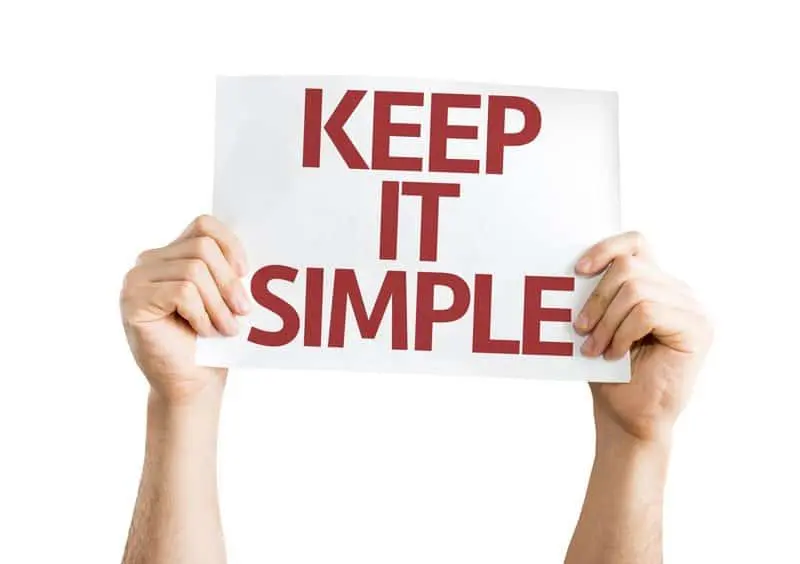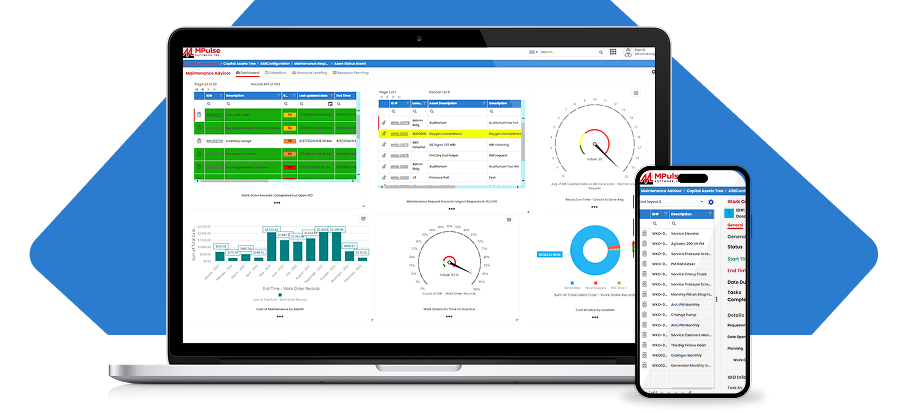Yesterday I asked a new MPulse customer: “Jim, what’s keeping you up at night?”
It’s same question I’ve asked our clients for years. Yet I’m still surprised at how often I get the same answer. Most maintenance managers say almost exactly what Jim told me: “Steve, I need to figure out where I start with this new CMMS software.”
Jim isn’t alone. Many new CMMS users feel exactly the same way. The answer I gave Jim hasn’t changed much over the years either. The best way to start with a new CMMS is to follow the KISS Principle—“keep it specific and simple” or, more colorfully, “keep it simple, stupid.” The KISS principle maintains that most systems work best if they are kept simple rather than made complicated.
Now Jim is a smart guy, like most maintenance managers I’ve met. But he’s overwhelmed at the thought of what he needs to accomplish—which is also true for a lot of maintenance managers. So how do we boil down a CMMS implementation plan to the simplest steps? Here’s what I suggest.
1. Focus on Key Assets
Take 10 minutes and write down your top 10 to 20 assets. Think about the ones your team spends the most time or money on, and those most critical to your business’s success. Then, for each asset, set up the PM schedule in your CMMS software. Tell your team that it’s now mandatory to log all PMs and repairs on those key assets in your CMMS. And tell them that you’ll be checking to ensure it’s been done.
2. Provide Regular, Consistent Feedback
Create a report in your CMMS that tells you when and if the PMs and repairs on your key assets are being done. Check it weekly and follow up with your team members with “atta-boys” for completing them correctly, or with reminders and corrections when they’re not. Post the reports in a public area. It’s imperative that you do this regularly and that you let them know you’re checking. Once you’ve proven it’s important to you, it will become important to them. And the feedback conversations will give you opportunities to fine tune and improve how you’re using the CMMS.
3. Slowly Add More Assets
Now simply repeat step 1 with 10‒20 more assets. Over a relatively short period of time, something that was new and scary will become routine for all the assets you want to track in your CMMS.
By keeping things simple with these three steps, you’ll be surprised how a seemingly daunting project turns into a successful implementation. Managing maintenance with a CMMS is the fastest way to get visibility into your operation, see where there’s room for improvement, and find out where you’re spending your dollars. Before you know it, you’ll be on your way to achieving the bigger goals of CMMS software—reducing failures and emergencies and increasing the usable life of your assets.


